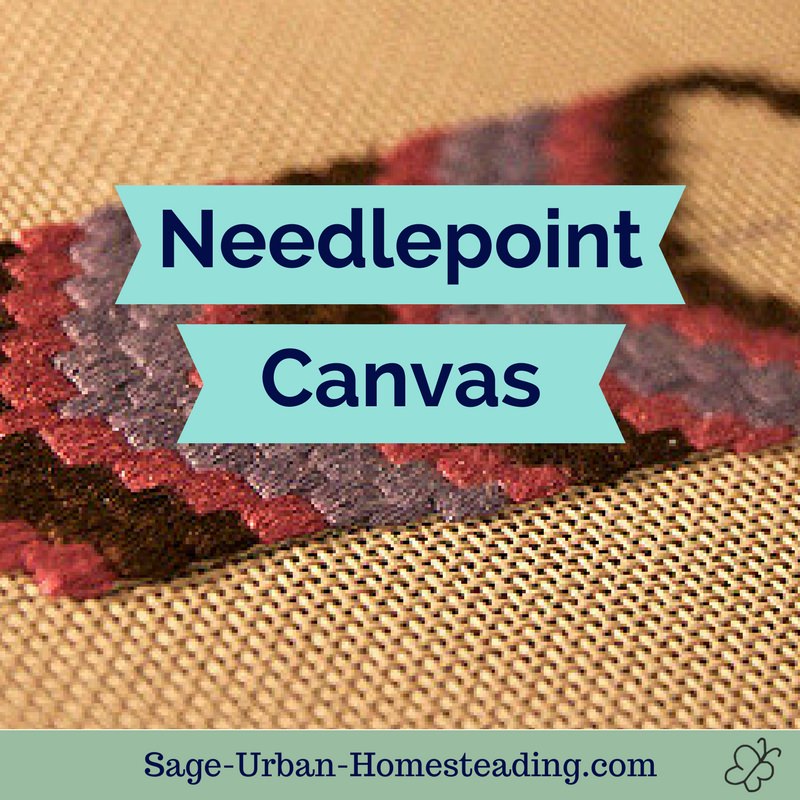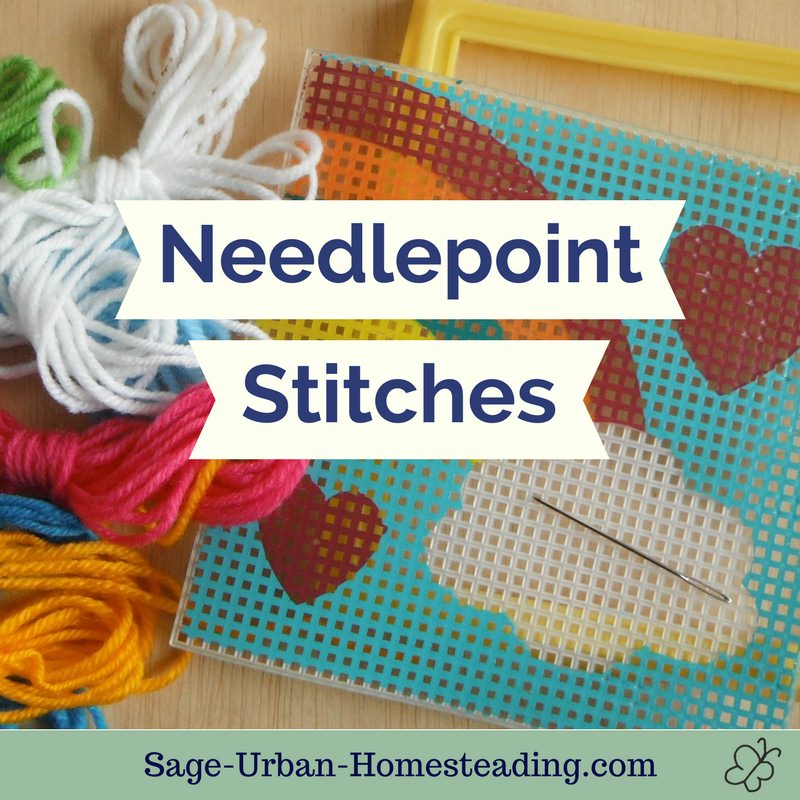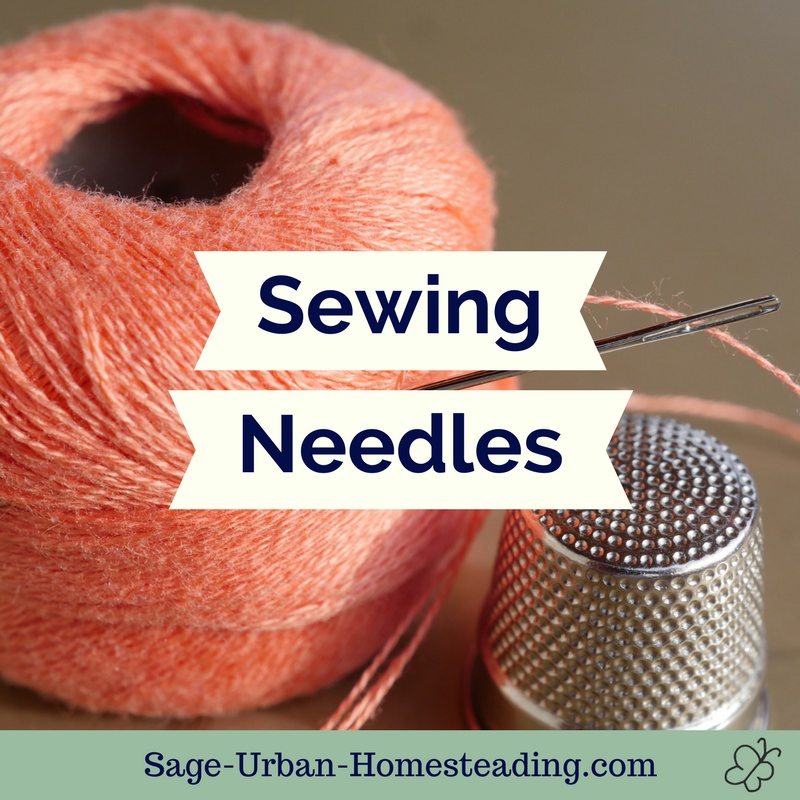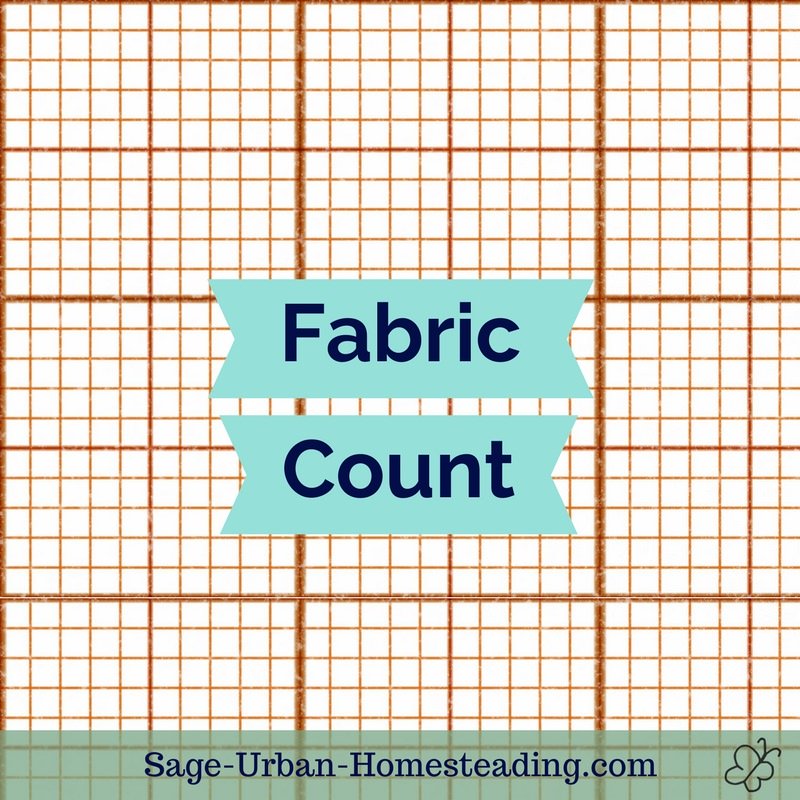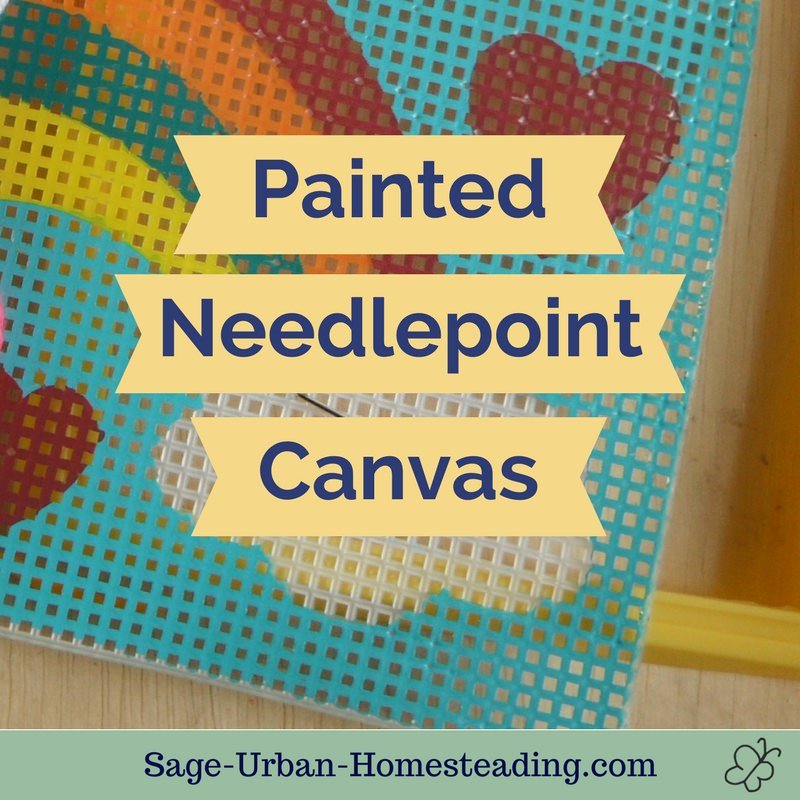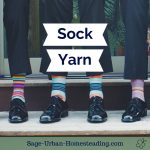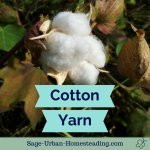FYI: I earn a small commission from some links and advertisements.
- Home
- Embroidery
- Needlepoint Canvas
Types of Needlepoint Canvas
I thought I knew what needlepoint canvas was until I looked at a serious embroidery catalog for the first time.
This stitching method can be one of the most durable types of embroidery, especially with the trame technique. It can even be used to upholster furniture!
Penelope, interlock, mono... what's the difference and how do you know which one to use?
- Mono Deluxe
- The evenly spaced holes are all the same size. It's woven with a single cotton thread and available in fabric count sizes from 10 to 22 holes per inch. The 18 count is most popular.
- Interlock
- Another single mesh like mono deluxe, but interlock is woven with 2 cotton threads twisted and glued at the intersections. Available sizes range from 3 to 18. It's stiffer and more stable at lower counts, but the fibers are courser. This type is excellent for rugs.
- Penelope or Double Mesh
- Side-by-side pairs of cotton thread in both directions are woven to form a grid of smaller and larger squares. This allows you to easily change count sizes in the same work. It's also very handy for stitching tramé. Some special stitches can only be worked on double mesh.
- Plastic
- This vinyl type is extra sturdy, so it's often used by beginners and to make dimensional items that can stand up by themselves. My first real sewing experience as a child was working a pattern with yarn and a large plastic needle on a plastic canvas that had a rainbow design painted on it.
The needlepoint canvas mesh size can really change the way a piece looks. The smaller the size, the more detailed and refined it appears. The larger the size, the easier it is to stitch for those with impaired fine motor skills such as children or the elderly suffering from arthritis and visual impairment.
Nicknames
There are some other names used for needlepoint work based on the canvas mesh size.
- Petit point -- 16 or more
- Gros point -- between 16 and 7
- Quick point -- 7 or less
Needlepoint, also known as canvaswork or canvas embroidery, is a fun stitching method. Beginners find it very manageable to embroider with a large count size canvas and yarn.
And advanced thread artists never become bored by learning more and more types of stitches.
You can make it as easy or as complex as you want!
Most often, you completely cover the canvas surface with stitches. They can all be the same diagonal or straight stitch, or you can add texture with fancy stitches such as the Rhodes or trame.
Even the easy straight stitch can create an elegant and historical Florentine work Bargello pattern.
Patterns may be worked from a chart, but usually they are printed or painted directly onto the canvas. Because it will be completely covered with stitching, no one will see the pattern marks on the finished piece.
Stitching Needlepoint Canvas Successfully
Use a blunt tapestry needle for stitching. Wool tapestry yarn is most often used as the thread. Check that the thread size covers well in relation to the mesh size, if you don't want any canvas to show when you're done.
Tapestry kits take care of the calculations and supply everything for you. Also, cover the edges of the needlepoint canvas with masking tape to prevent it from fraying or snagging the yarn as you stitch.
Do not allow the mesh (other than plastic canvas) to become wet until you are done stitching. Water could remove the starch and make it too flimsy to embroider.
